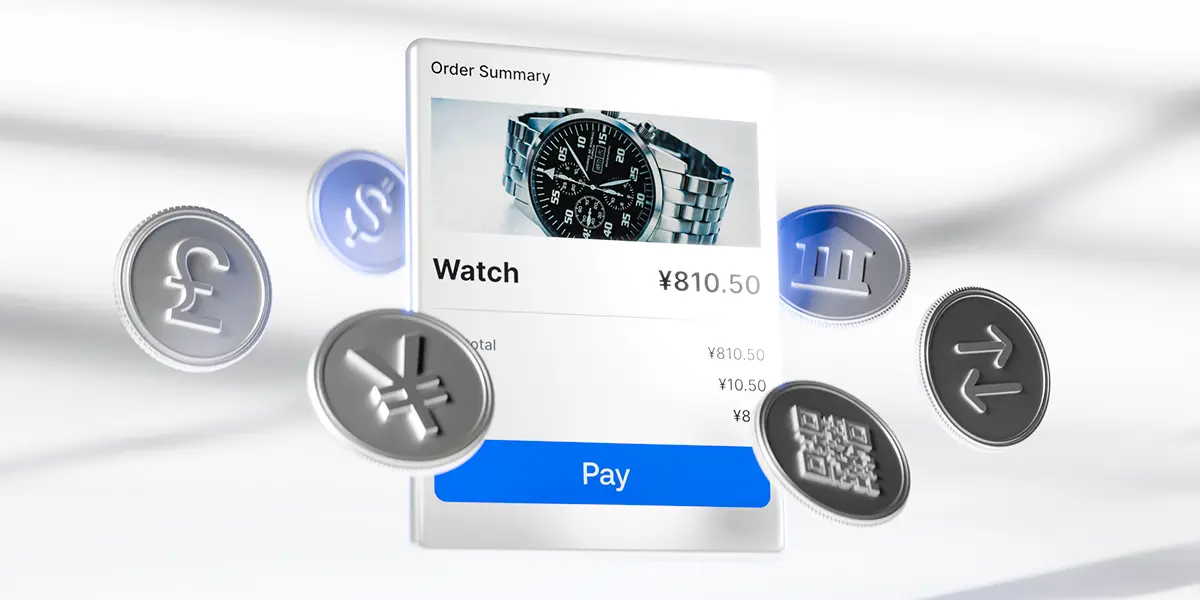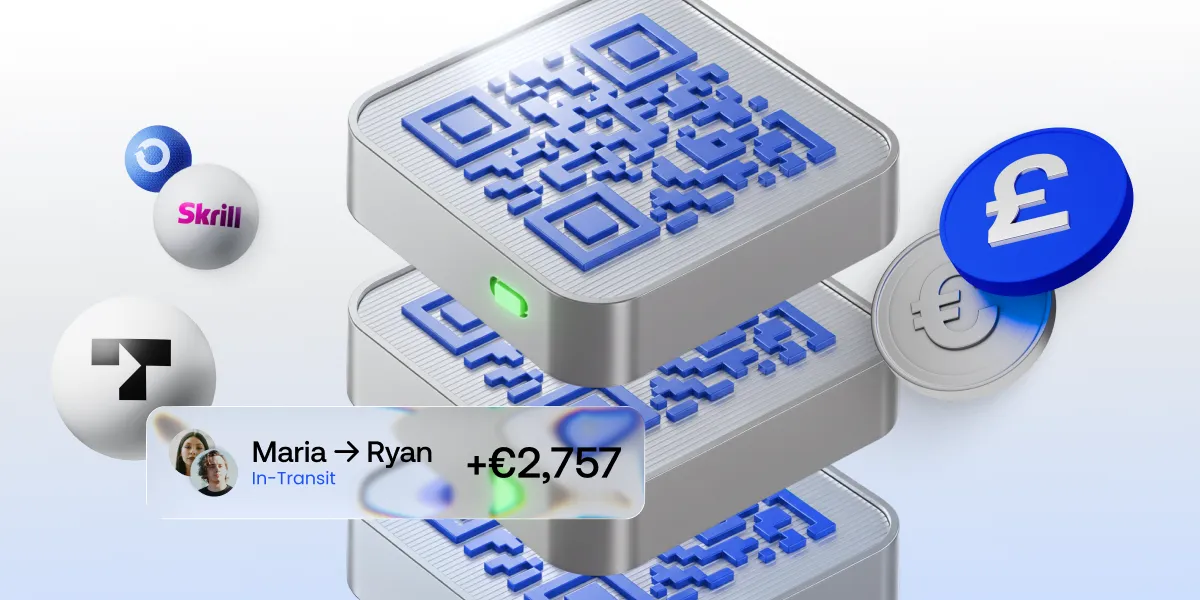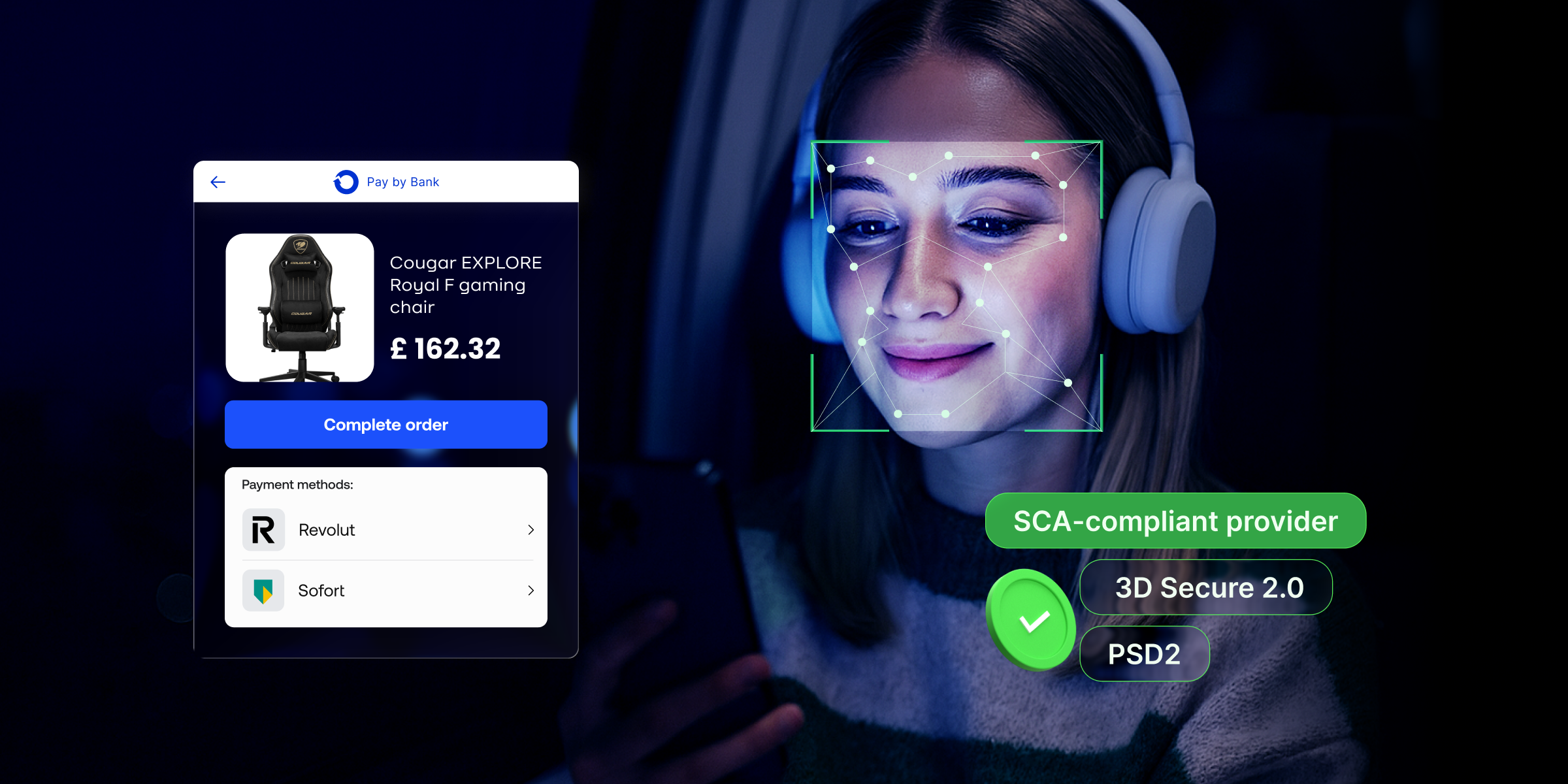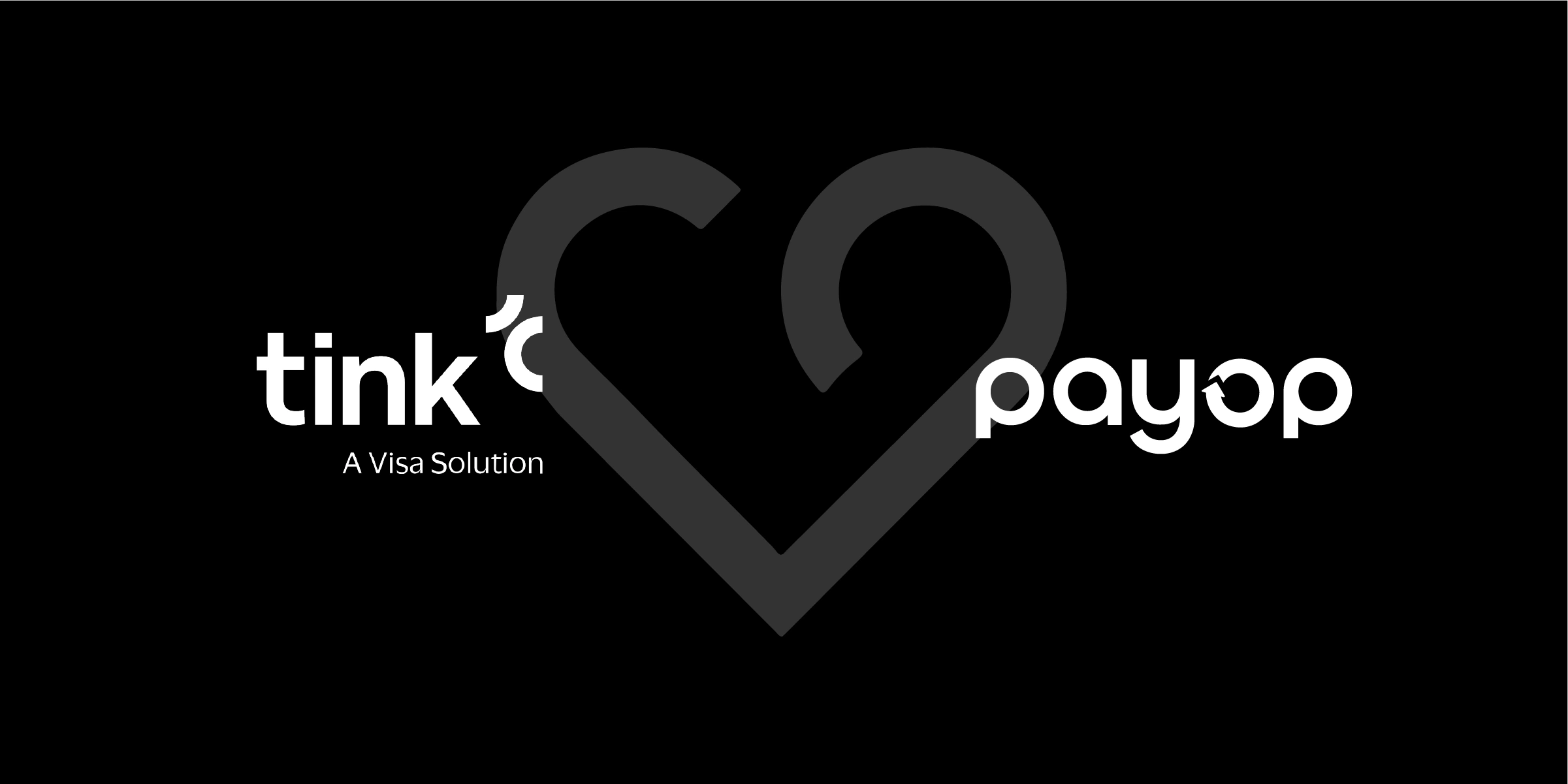Payment preferences in Southeast Asia: From cash to digital wallets

Southeast Asia is home to one of the world’s most dynamic payment landscapes. A decade ago, cash dominated daily commerce. Today, mobile wallets, instant bank transfers, and QR payments have become everyday essentials, reshaping how people shop, send money, and pay bills.
As technology, regulation, and user habits evolve, the region is fast approaching a tipping point where digital payments are no longer an alternative but the norm. Understanding these shifts is crucial for businesses seeking to develop an effective payment strategy in Southeast Asia.
The current state of payments in Southeast Asia
Digital payments have become a pillar of economic activity in Southeast Asia, supported by rapid digitalisation, strong fintech innovation, and proactive government policies. According to the World Economic Forum report, the region is projected to surpass USD 1 trillion in digital transactions in 2025, marking one of the fastest payment transformations globally.
The shift is visible across nearly every aspect of commerce:
- Cash usage continues to decline, though it still plays a role in rural and informal economies.
- E-wallet and mobile banking penetration has rapidly increased, with 79% of Southeast Asians now using digital wallets for daily transactions.
- QR payments are now a common choice, thanks to unified national systems like QRIS in Indonesia or PromptPay in Thailand.
- Instant bank transfers have become standard for peer-to-peer, merchant, and even cross-border payments, often replacing card transactions.
This digital-first environment has allowed millions of small merchants to accept cashless payments for the first time, while consumers enjoy faster, cheaper, and more secure transactions.
Trends shaping the payment landscape in Southeast Asia

Southeast Asia’s payment evolution is far from complete. The region continues to build the infrastructure and innovation that will define the next decade of commerce. Several key trends are driving this progress.
1. The rise of real-time payments
The backbone of the region’s digital payment growth lies in real-time bank transfer networks. Systems such as PromptPay (Thailand), InstaPay (Philippines), and PayNow (Singapore) enable instant money movement at minimal cost. In recent years, real-time payments in Southeast Asia have been growing at more than 30% per year.
For merchants, real-time payments mean faster settlements, reduced dependence on intermediaries, and lower transaction costs compared to card processing. For consumers they eliminate waiting times for payment confirmation and make peer-to-peer transfers, bill payments, and online purchases nearly instantaneous.
2. QR interoperability and regional integration
QR codes have become the universal interface for digital payments, and now they work across borders.
Through initiatives like the ASEAN Unified QR project, several countries, including Thailand, Singapore, Malaysia, and Indonesia, have linked their national systems. Travellers can pay abroad directly from their local banking or wallet apps, without currency exchange or card fees. This interoperability marks a major step toward a connected regional payment ecosystem.
3. The rise of social commerce
Social commerce is becoming one of the most powerful retail channels in Southeast Asia. Platforms such as TikTok Shop, Shopee Live, and Instagram now allow users to purchase products without leaving the app.
Payments are the key enabler of this trend. Integrated wallet and bank transfer options make it easy for customers to complete transactions within seconds, while small merchants can accept payments directly through their social pages. For many micro and home-based sellers, social commerce has become an entry point to digital payments and financial inclusion.
For merchants, this shift means adapting to in-app payments, one-click transfers, and mobile-friendly checkouts. The goal is to capture impulse purchases and build stronger engagement with online audiences.
4. Buy Now, Pay Later expansion
Buy Now, Pay Later (BNPL) has emerged as one of Southeast Asia’s fastest-growing payment options. Atome, Kredivo, and SPayLater are among the most popular regional providers. They are particularly popular among younger consumers, who value flexible spending and instant approvals over traditional credit cards.
BNPL plays a key role in driving conversion and boosting average order values, especially in markets where credit card penetration remains low. For merchants, offering BNPL at checkout helps reach a wider audience, reduce cart abandonment, and encourage repeat purchases. However, as adoption accelerates, regulators are introducing guidelines to balance growth with responsible lending practices, ensuring consumers stay protected.
Building a payment strategy in Southeast Asia
For businesses expanding in the region, a single global payment setup rarely works. Each market has its own mix of preferred payment methods, local regulations, and consumer expectations. To succeed in Southeast Asia, you must tailor your payment approach to local needs:
- Offer local payment methods: E-wallets, instant bank transfers, and QR codes dominate payments across Southeast Asia. Support these options alongside traditional cards to reach the widest audience and improve checkout conversion.
- Optimise for mobile: Most consumers browse and pay directly from their smartphones. Payment pages should load quickly, support biometric authentication, and integrate smoothly with super apps and mobile wallets.
- Localise user experience: Display prices in local currencies, support familiar payment interfaces, and adjust checkout flows to regional expectations. A localised experience builds trust and reduces drop-offs at checkout.
- Partner with the right payment service provider: Working with a global PSP that supports local payment solutions and currencies helps merchants integrate faster and stay compliant with local requirements. The right partner can also simplify reconciliation, manage risk, and ensure consistent checkout experiences across all markets.
Learn about payment regulations in Asia.
Final thoughts
Southeast Asia’s shift from cash to digital wallets and real-time transfers is redefining how commerce happens across the region. For merchants, success depends on understanding local payment habits and choosing partners that can adapt to each market.
Payop helps businesses do exactly that. With 200+ payment methods and 100+ currencies, Payop connects merchants to Southeast Asia’s preferred local payment options through one seamless integration.









